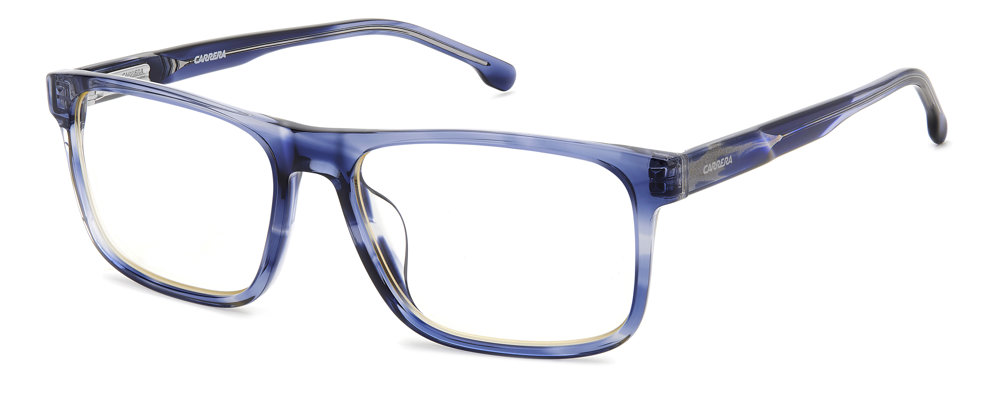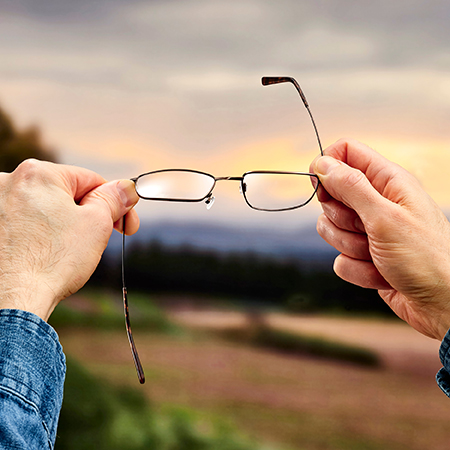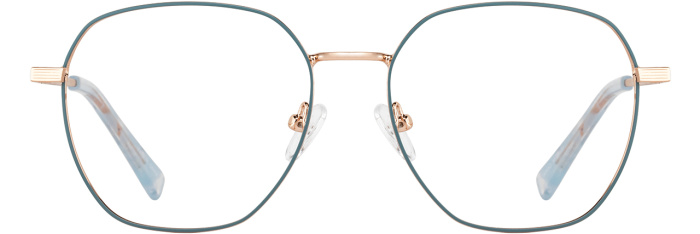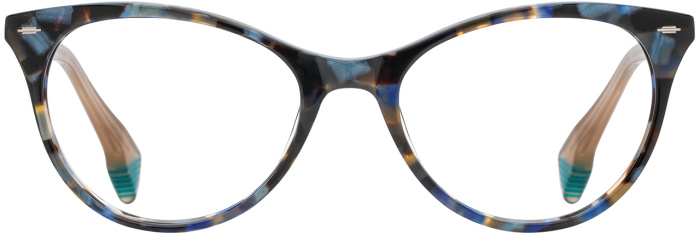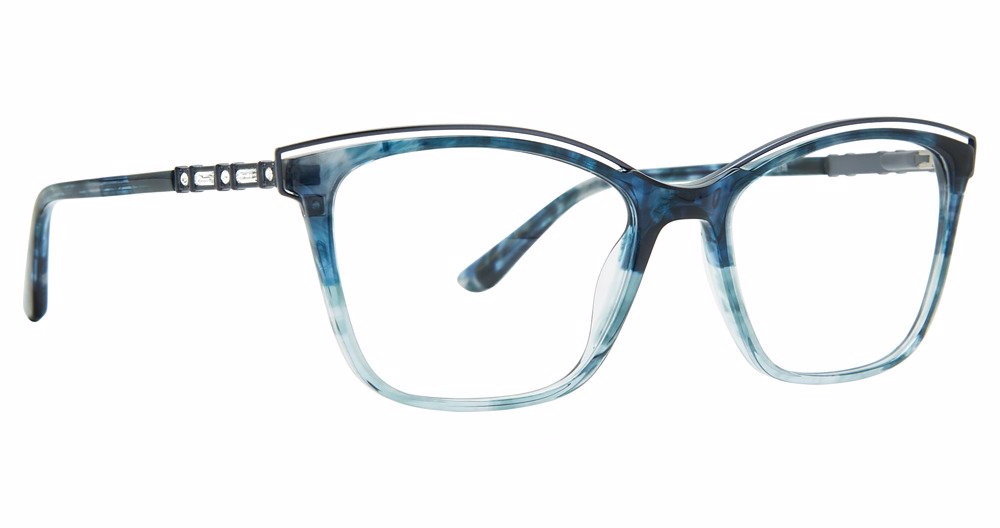What is Glaucoma?
Glaucoma is a name given to a group of diseases that are potentially blinding and have a characteristic pattern of serious damage to the optic nerve and visual field loss. An estimated 3 million Americans have glaucoma and it is the most common cause of irreversible blindness in African-Americans.

What Causes Glaucoma?
The front of the eye is nourished in part by fluid that circulates through it called the aqueous humor. This fluid is constantly being produced and evacuated from the eye. When the rate of production equals the amount evacuated, a stable pressure without wide fluctuations is achieved. The main area through which the fluid is evacuated is known as the trabecular meshwork.
In open angle glaucoma, the trabecular meshwork appears normal upon examination, but there is an increased resistance to fluid outflow that is microscopic; this resistance leads to an increase in pressure. In angle closure glaucoma, the trabecular meshwork may become blocked by the iris, abnormal blood vessels or scar tissue, which can also cause an increase in eye pressure. Higher intraocular pressures lead to a higher risk of glaucoma.
Intraocular pressures are a complicated risk factor in the development of glaucoma. Higher pressures lead to a higher likelihood of developing glaucoma at a faster rate however, some patients with elevated pressures will not develop glaucoma. Furthermore, some patients with normal pressures will develop glaucoma.
Glaucoma Stages

What are the Symptoms of Glaucoma?
Patients suffering from early open angle glaucoma, usually have no symptoms but as the disease worsens, increased loss of peripheral vision becomes apparent. In the late stages of the disease, a person may experience a marked reduction in peripheral vision. In most cases, the central vision remains strong but this too will deteriorate over time. Regular eye exams are encouraged so patients can be screened for glaucoma for early diagnosis.
Patients with angle closure glaucoma tend to have more recognizable symptoms such as nausea or periods of pain, ranging from minimal discomfort to an extreme aching pain in the eye and head. With each episode of pain, the vision may become very blurry or colored halos may be seen around lights at night. For this reason, patients with closed angle glaucoma often seek medical help sooner and are diagnosed with the disease before those with open angle glaucoma. Sometimes, if the angle closes slowly, symptoms can be very mild and can go undetected by the patient.

Optic nerve in advanced glaucoma disease.
How can You Prevent Glaucoma?
The best way to avoid losing vision from glaucoma is to have regular eye examinations with your eye doctor. Early detection of glaucoma is important so that it can be treated, which may be able to slow or halt the progression of the disease. Once the vision is lost, it cannot be restored. Having a regular eye exam can help prevent the possibility of glaucoma and other diseases from harming your vision. The main risks factors for glaucoma include, advanced age, decreased corneal thickness, racial background, decreased corneal thickness, and a positive family history of glaucoma.
People of Asian descent and Caucasians have a higher risk of closed angle glaucoma. Asians represent a large portion of those diagnosed with this type of glaucoma. African-American patients have 3-8 times the risk of developing glaucoma and 15 times the risk of going blind from this disease when compared to the rest of the population.
If you have a family history of glaucoma or any other eye diseases it is vital that you seek the attention of an ophthalmologist. Patients who have a parent with glaucoma have a 5-15% risk of developing glaucoma; this is 2.5 to 15 times the general risk, and siblings of patients with glaucoma have a 10% risk of developing the disease.



















